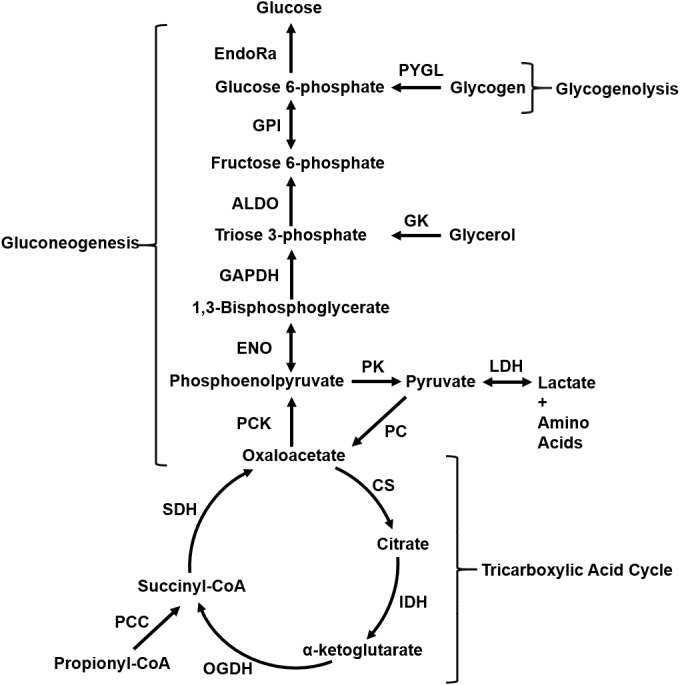The liver-a central metabolic organ that integrates whole-body metabolism to preserve glucose and fatty-acid regulation, and detoxify ammonia-is inclined to accidents induced by medication and poisonous substances.
Although plasma metabolite profiles are more and more investigated for his or her potential to detect liver harm sooner than present medical markers, their utility could also be compromised as a result of such profiles are affected by the dietary state and the physiological state of the animal, and by contributions from extrahepatic sources.
To tease aside the contributions of liver and non-liver sources to alterations in plasma metabolite profiles, right here we sought to computationally isolate the plasma metabolite modifications originating in the liver throughout short-term fasting.
We used a constraint-based metabolic modeling method to combine central carbon fluxes measured in our examine, and physiological flux boundary situations gathered from the literature, right into a genome-scale mannequin of rat liver metabolism.
We then measured plasma metabolite profiles in rats fasted for 5-7 or 10-13 h to take a look at our mannequin predictions. Our computational mannequin accounted for two-thirds of the noticed instructions of change (a rise or lower) in plasma metabolites, indicating their origin in the liver.
Specifically, our work means that modifications in plasma lipid metabolites, that are reliably predicted by our liver metabolism mannequin, are key options of short-term fasting. Our method supplies a mechanistic mannequin for figuring out plasma metabolite modifications originating in the liver.

Laboratory administration of Crimean-Congo haemorrhagic fever virus infections: views from two European networks.
BackgroundCrimean-Congo haemorrhagic fever virus (CCHFV) is taken into account an rising infectious illness menace in the European Union.
Since 2000, the incidence and geographic vary of confirmed CCHF instances have markedly elevated, following modifications in the distribution of its principal vector, Hyalomma ticks.GoalsTo assessment scientific literature and gather specialists’ opinion to analyse related facets of the laboratory administration of human CCHF instances and any uncovered contacts, in addition to determine areas for development of worldwide collaborative preparedness and laboratory response plans.
StrategiesWe carried out a literature assessment on CCHF molecular diagnostics via an internet search. Further, we obtained professional opinions on the key laboratory facets of CCHF prognosis.
Consulted specialists had been members of two European tasks, EMERGE (Efficient response to extremely harmful and rising pathogens at EU stage) and EVD-LabNet (Emerging Viral Diseases-Expert Laboratory Network).ResultsConsensus was reached on related and controversial facets of CCHF illness with implications for laboratory administration of human CCHF instances, together with biosafety, diagnostic algorithm and recommendation to enhance lab capabilities. Knowledge on the diffusion of CCHF might be obtained by selling syndromic method to infectious ailments prognosis and by together with CCHFV an infection in the diagnostic algorithm of extreme fevers of unknown origin.
ConclusionNo efficient vaccine and/or therapeutics can be found at current so outbreak response depends on speedy identification and acceptable an infection management measures.
Frontline hospitals and reference laboratories have a vital function in the response to a CCHF outbreak, which ought to combine laboratory, medical and public well being responses.

